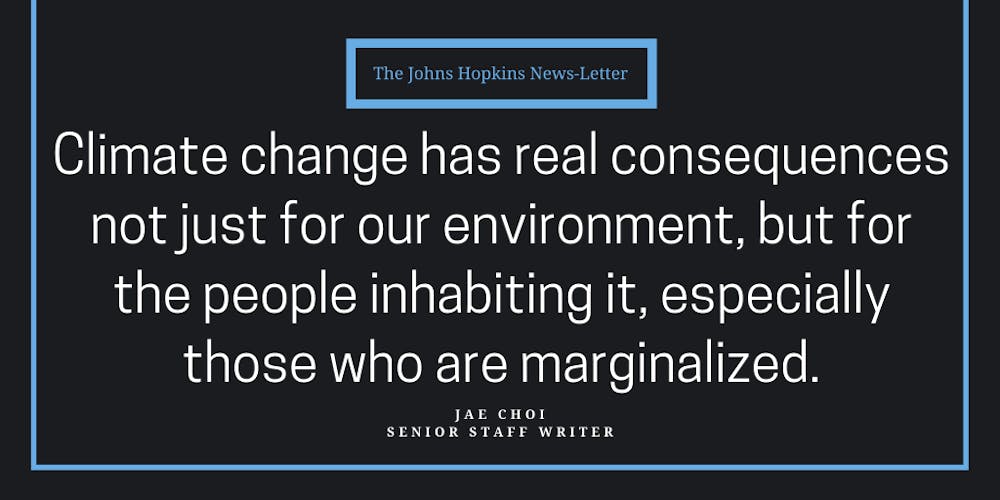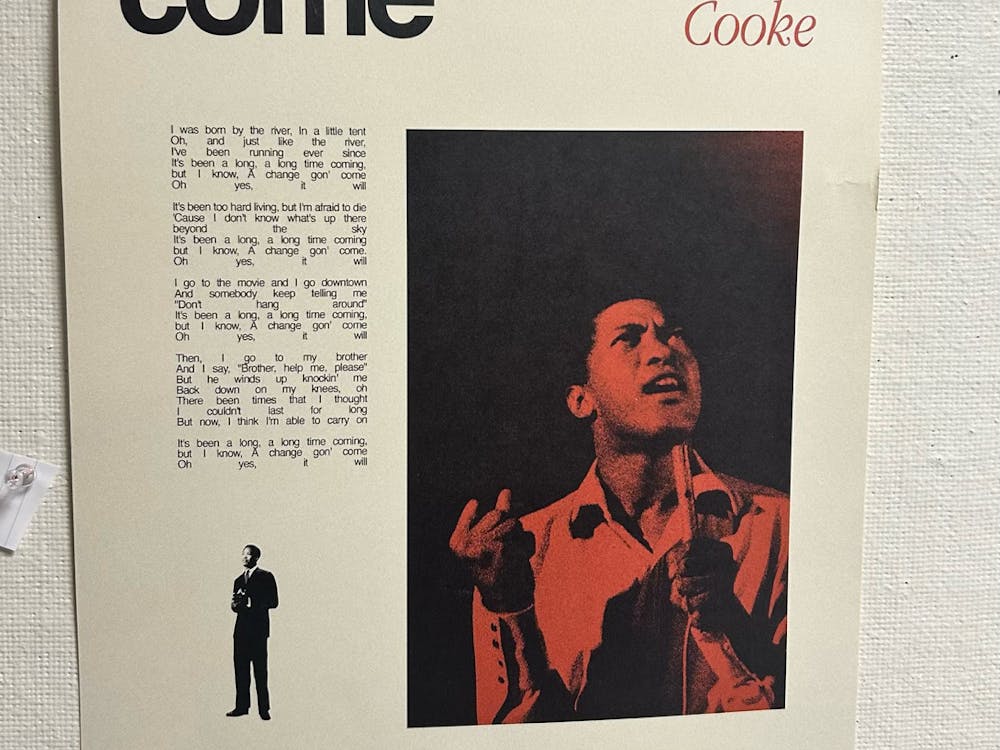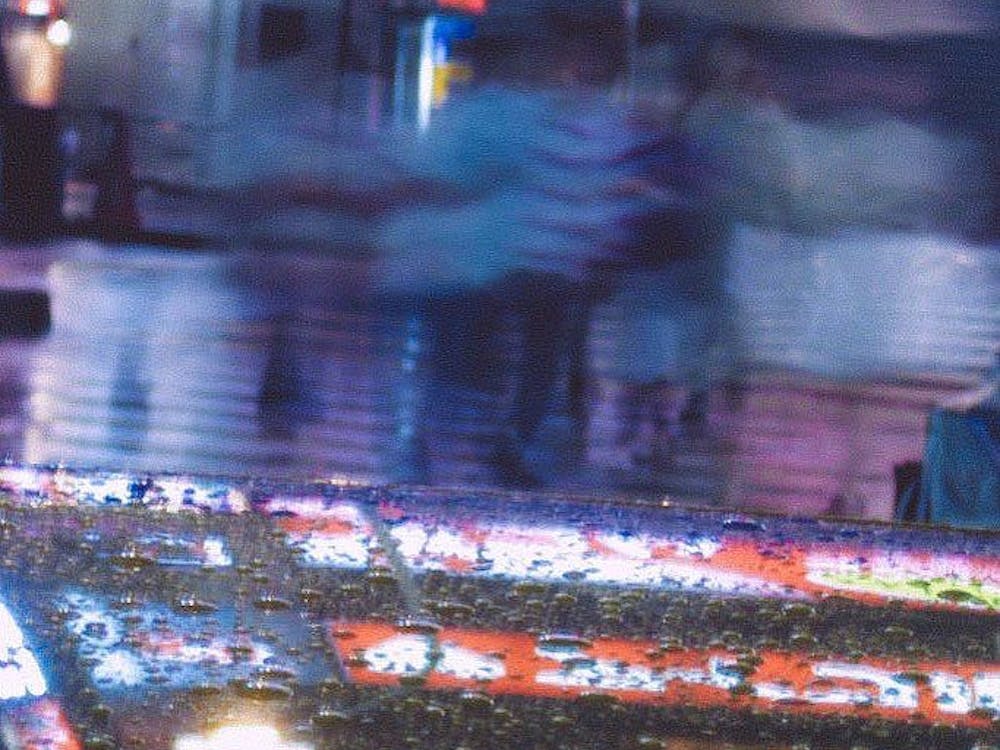When we consider the question of why climate change is bad, we tend to think of a number of reasons. These may include greater frequency of wildfires, threats to agriculture, ecological damage, decreased air quality, more hazardous weather conditions due to anomalous ocean temperatures and greater frequency of vector-borne diseases, just to name a few. However, there seems to be a deeper issue underlying these reasons that stems from an intuitive understanding that climate change is threatening the well-being of actual people.
Studies have long projected that a prominent effect of climate change due to the emission of greenhouse gases such as carbon dioxide and methane would be increased risks of drought and wildfires. Record heat waves and extreme temperature fluctuations across the world now stand as a testament to that prediction. Climate change has thus been implicated in the recent wildfires in California and Australia, as well as Hurricane Dorian, and further heat waves are projected to maraud vulnerable regions in the near future.
Amid these reports, I read stories of animals with burn injuries, overwhelmed firefighters, and people losing their homes and their hopes of stable lives.
In particular, while reading about the effects that increasingly deadlier hurricanes are having on island-based populations, it struck me that the undue suffering of countless people, particularly racial minorities and low-income communities, is at the heart of my dismay about climate change and the role that developed and industrialized nations have played in its exacerbation.
An article from the New England Journal of Medicine highlights how Hurricane Dorian’s impact on islander populations is one pressing example of how socioeconomic divides are being reinforced by climate change.
“These escalating effects on population health represent a double environmental injustice: socioeconomically disadvantaged and marginalized populations sustain disproportionate harm and loss, with more hazardous storms exacerbating the inequity; and while the populations most vulnerable to Atlantic hurricanes, especially those in small-island states, contribute virtually nothing to climate change, they are among those most exposed to risks that are worsened by the carbon emissions from higher-income countries,” the article read.
In Scientific American, James K. Boyce, professor emeritus at the University of Massachusetts Amherst, talks about one of his studies in which he examined the relationship between the strength of environmental policies and socioeconomic status, measured by rate of voter participation, percentage of adults completing high school, tax fairness and access to Medicaid. He found that greater inequality was correlated with weaker environmental policies, leading to poorer public health.
Additionally, as marginalized groups continue to bear the brunt of the effects of climate change, those with greater political power and privilege are able to continue to thrive at their expense, either living in ignorance of the effects of climate change or scoffing at efforts to reduce it. The wealthy then use their resources to estrange themselves from issues like socioeconomic equality and greater quality of public services in the realms of healthcare, education and transportation — a phenomenon that economist Robert Evans described as “the secession of the wealthy.”
There is an inextricable link between protecting our environment and addressing socioeconomic divides, which explains why continued damage to our environment is contributing to inequality. However, the opposite can also be true: by trying to address climate change effectively, we can also help to address inequality.
Recommendations from Project Drawdowwn, a research organization devoted to researching viable climate solutions, are telling in this regard.
In order to combat climate change, Project Drawdown has proposed 80 solutions, including refrigerant management, ridesharing and retrofitting buildings. Project Drawdown ranks these 80 solutions according to the amount of atmospheric carbon dioxide that would be reduced as a result.
Close to the top of the list, at numbers six and seven, are investment in girls’ education and greater access to family planning resources. These two solutions, if followed through, would each lead to an estimated reduction of 51.48 gigatons of atmospheric carbon dioxide emissions.
Though striking, the magnitude of these events makes greater sense upon further inspection: By giving women greater access to family-planning resources and educational opportunities, fewer unwanted pregnancies will occur and fewer girls will be married as children or against their will, resulting in a smaller dependent population.
However, Project Drawdown emphasizes that the benefits to the planet, though large, are only side effects to the result of empowering women, promoting their maternal health and giving them the right to choose when to begin families.
Other recommendations include supporting more women shareholders, greater access to cleaner cookstoves and indigenous people’s land management. Giving more women shareholders equal access to resources would increase the productivity of their farms, reducing pressure to deforest additional regions and leading to fewer emissions, while greater access to cleaner cookstoves over traditional open fires and makeshift stoves would reduce premature deaths due to soot buildup in homes and also reduce emissions.
Promoting indigenous people’s land management is also another important way of combating climate change. Indigenous communities, which have been historically marginalized and substantially impacted by climate change, are at the frontlines of demonstrations against deforestation. Championing their visions of sustainable strategies such as home gardens, fire management and community-managed forests are another solution to the growing climate change crisis.
More than ever, it’s important for us as community members to be politically involved in voting for stronger environmental policies, engaging in service alongside community members in underserved communities and finding our own individual ways of contributing to the fight against climate change. Engaging in initiatives such as Meatless Mondays, the vegan diet and the campaign to Divest the Nest are some of the many ways we can do this.
In the process of seeking out creative and productive solutions to climate change, it is important for us to keep in mind that climate change has real consequences not just for our environment, but for the people inhabiting it, especially those who are marginalized. Climate change is an issue with a face, and it would be unethical for us to passively watch our planet and its people suffer.





